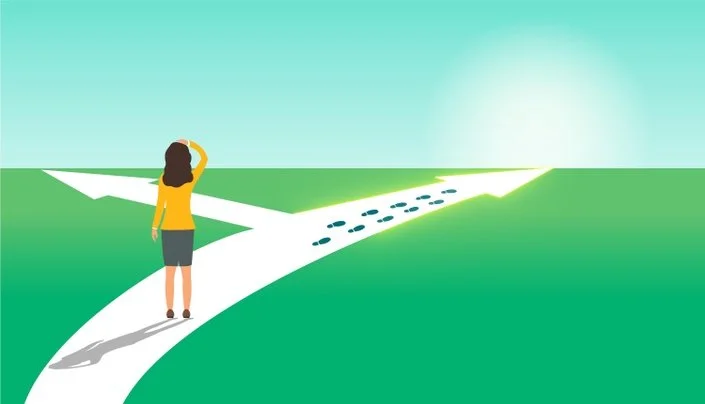In the book "The Voyage to Lourdes," the French author Alexis Carrel, Nobel Prize for Medicine in 1912, tells about a case of inexplicable healing where a woman destined to certain death miraculously heals from tubercular peritonitis. Carrel, self-proclaimed agnostic until then, defines the case as a self-healing manifestation made possible by "acceleration of the process of organic repair", likely to be the effect of the triggering force of the act of prayer and ecstatic state. His hypothesis about self-healing does not find any recognition and consensus in the research world at the time, and it is only at the beginning of the new millennium, more than fifty years after his death, that new structured research projects start about how the brain functioning in moments of deep faith and tranquility. Particularly distinguished is the group of R. Davidson who manages to prove the beneficial effects of meditation: what is initially defined as cutting edge science gradually becomes an increasingly important strand of neuroscientific disciplines.
But what has this to do with the environment and, therefore, with architecture?
If you are reading this article, you are very likely to have already come across other readings of this blog, which explain the links between physical - and therefore mental - stress and some negative environmental factors. We have already discussed how environments can turn out to be stressful or regenerative and comfortable, depending on the harmony of colors, lights, textures, geometries and sounds.
















